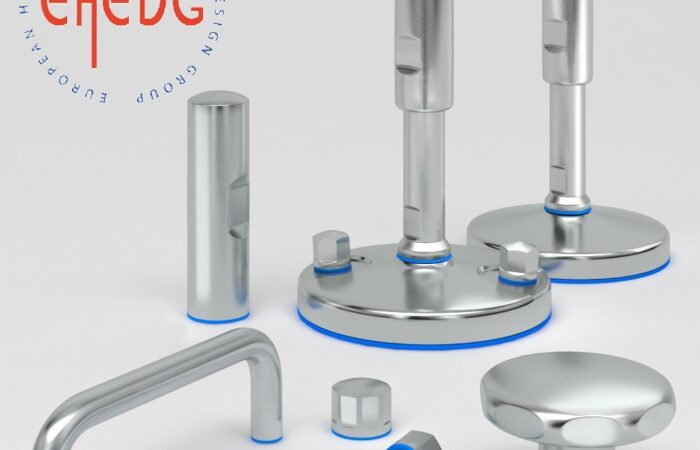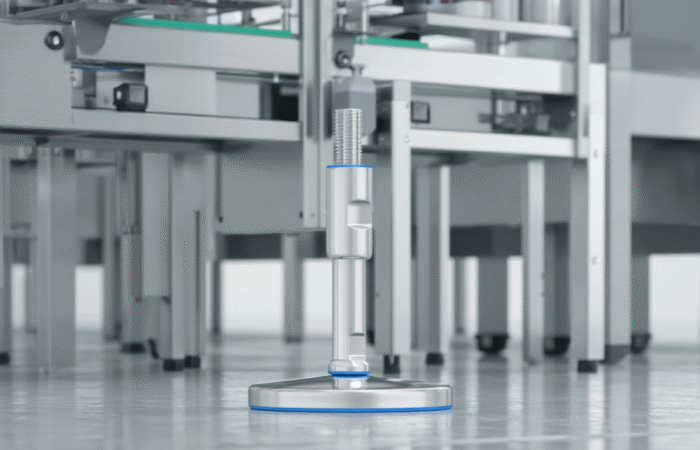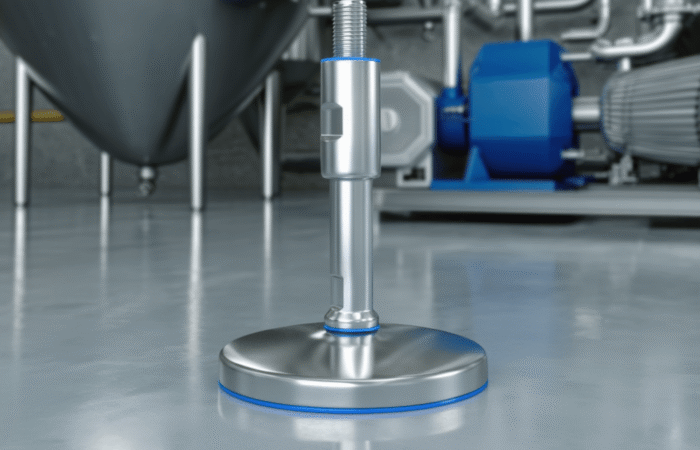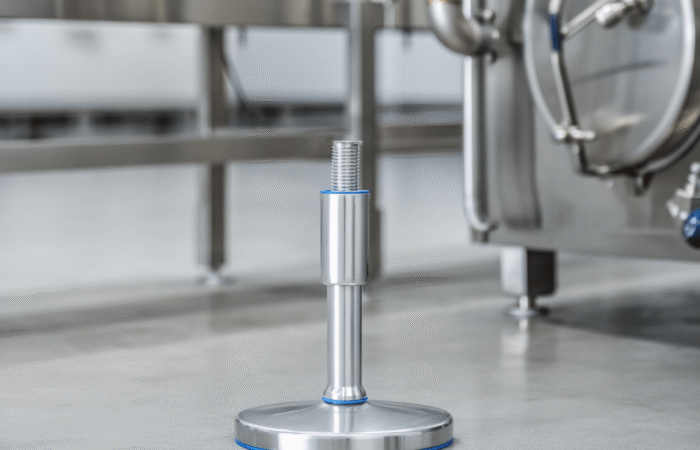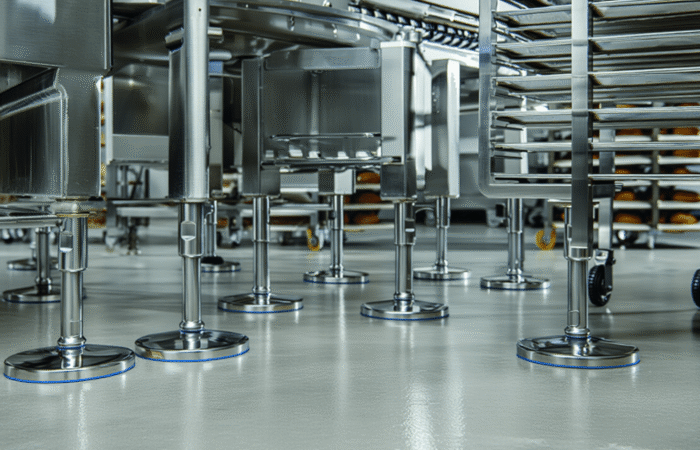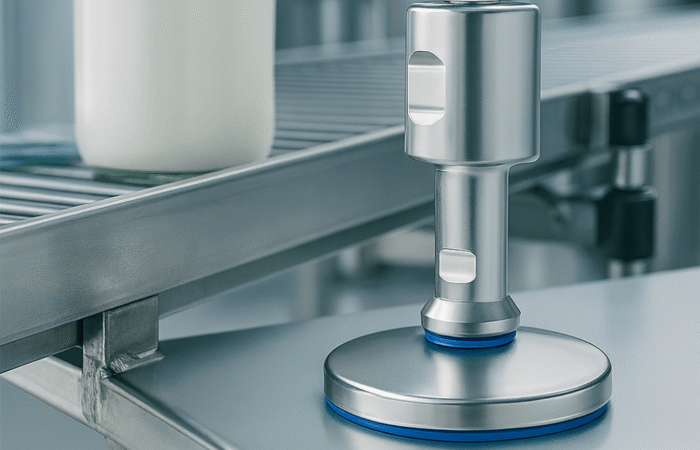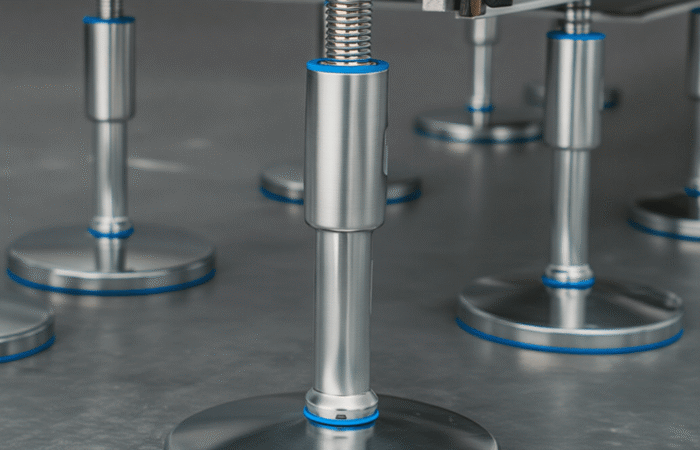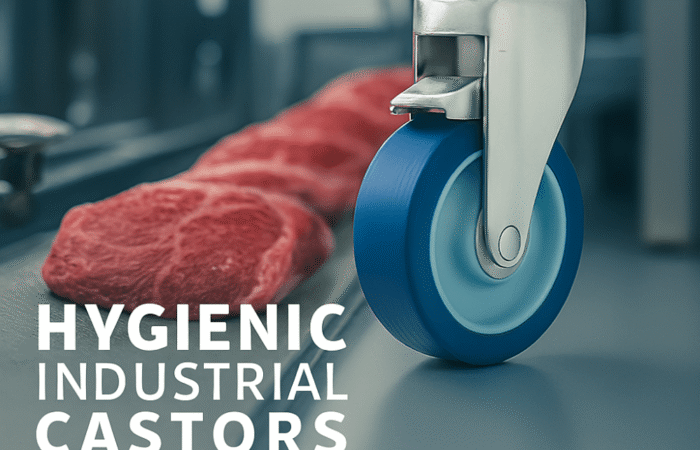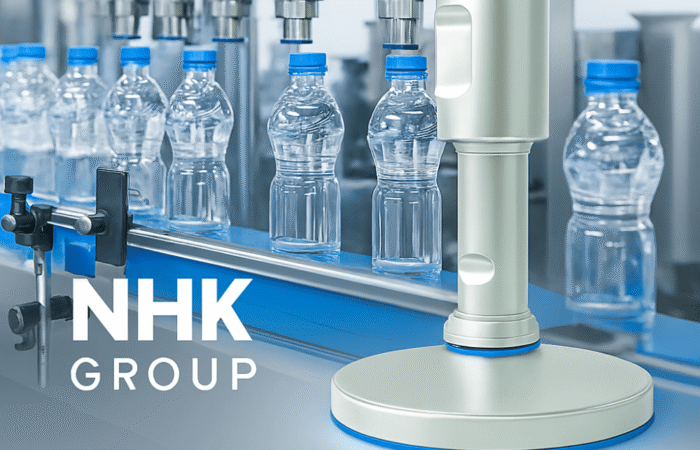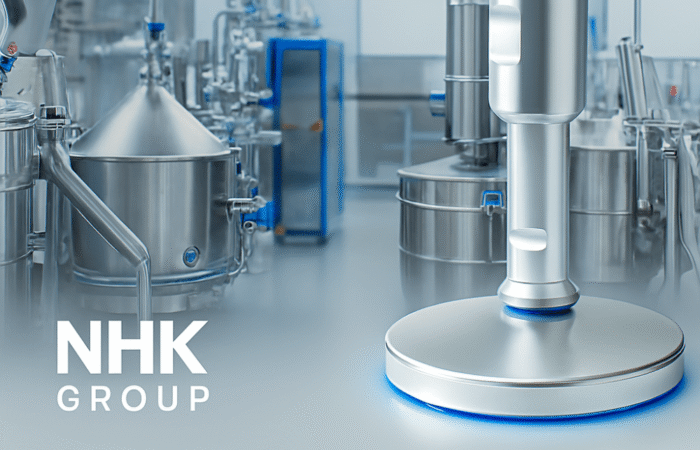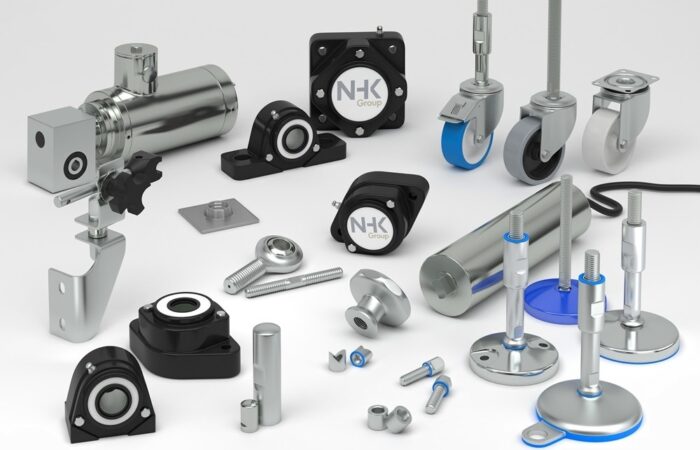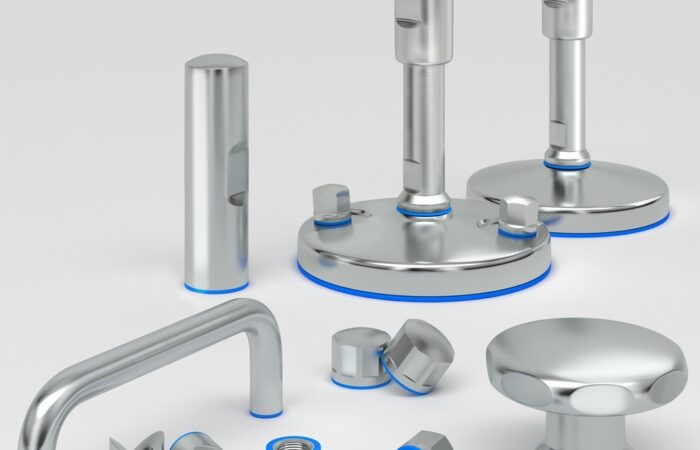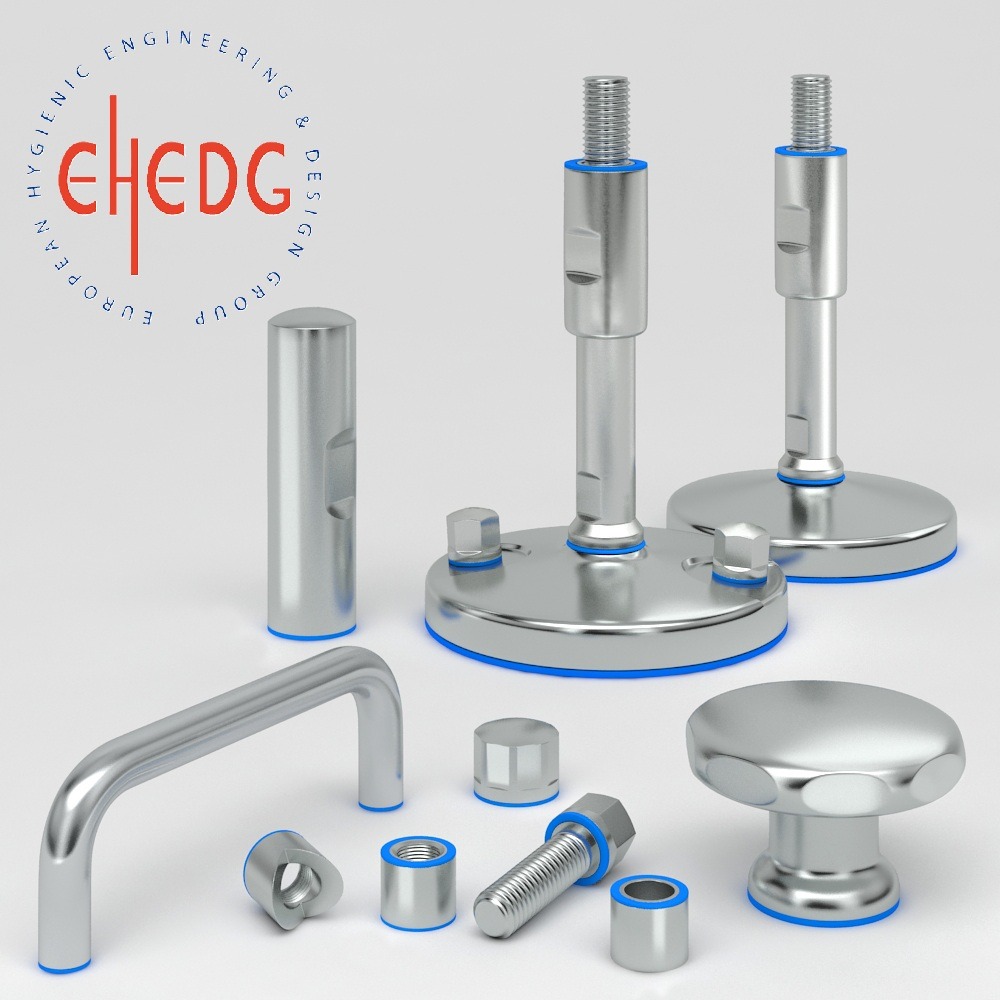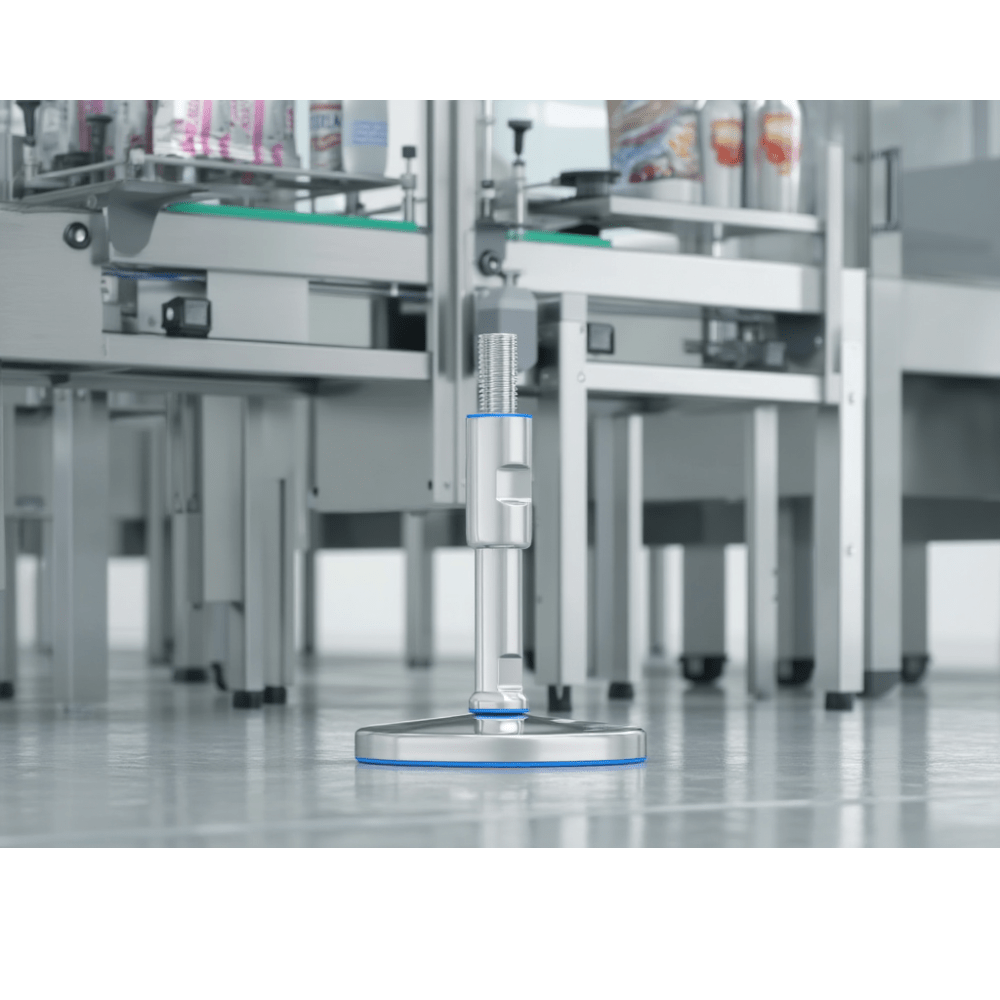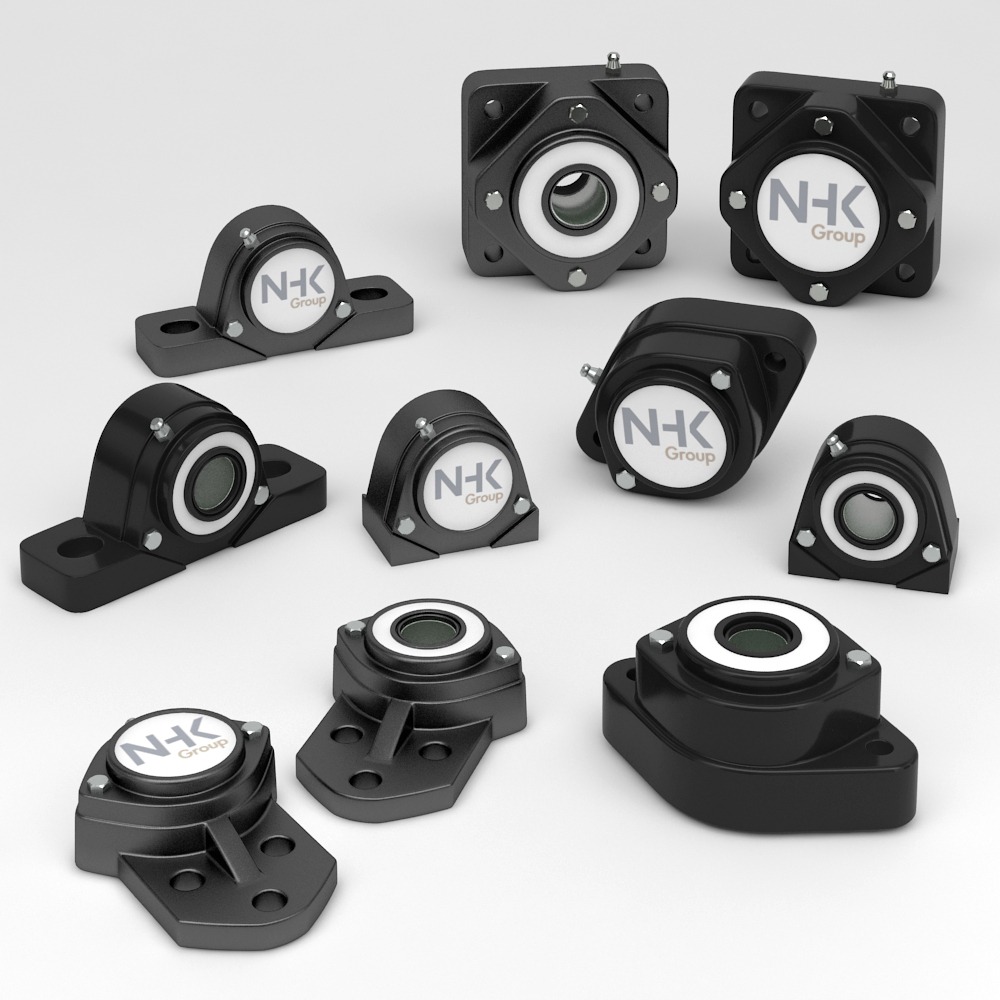
Pillow Block Units vs Flange Bearing Units
When it comes to the support and alignment of rotating shafts, two common types of bearing units often come into play: pillow block and flange bearing units. These components are crucial in various industrial applications, ensuring smooth operations and extending the lifespan of machinery. Understanding their differences, advantages, and specific use cases can significantly enhance the efficiency and reliability of your equipment. This article delves into the intricacies of pillow block and flange bearing units, helping you make informed decisions for your industrial needs. Pillow block bearing units, also known as plummer blocks, are designed to provide support for a rotating shaft. These units consist of a mounting bracket, typically made of cast iron or cast steel, which holds the bearing in place. The bearing itself can be of various types, such as ball bearings or roller bearings, depending on the application’s requirements. Pillow block bearings are widely used in industries such as agriculture, construction, and material handling. They are ideal for applications where the shaft is positioned parallel to the mounting surface. Common uses include conveyor belts, fans, and HVAC systems. Flange bearing units are mounted bearings that consist of a bearing installed within a flanged housing. The flange allows the unit to be easily mounted to a surface perpendicular to the shaft. Flange bearings are available in various configurations, including two-bolt, three-bolt, and four-bolt designs, each offering different levels of stability and load capacity. Flange bearing units are commonly used in applications where the shaft is perpendicular to the mounting surface. They are prevalent in industries such as automotive, food processing, and manufacturing. Typical uses include pumps, gearboxes, and industrial machinery. Selecting the appropriate bearing unit depends on several factors, including the application’s load requirements, mounting orientation, and environmental conditions. Here are some considerations to keep in mind: Both pillow block and flange bearing units play vital roles in ensuring the efficient and reliable operation of industrial machinery. By understanding their unique characteristics and advantages, you can choose the right bearing unit for your specific application needs. Whether you prioritize ease of installation, cost-effectiveness, or load capacity, the right choice can enhance performance, reduce maintenance costs, and extend the lifespan of your equipment. Explore the differences between pillow block and flange bearing units, including their advantages, applications, and how to choose the right one for your needs. Learn about key factors like load capacity, mounting orientation, and cost-effectiveness in this comprehensive guide. Industrial machinery requires precision-engineered components that meet exacting standards for durability, safety, and performance. This comprehensive guide explores the essential machinery parts that drive modern manufacturing across food processing, packaging, and chemical industries. Understanding the difference between Pillow Block Units and Flange Bearing Units is crucial for engineers and procurement professionals seeking to optimize equipment longevity. Pillow block bearings, also known as plummer blocks, are self-aligning bearing units that simplify installation and significantly reduce maintenance costs. These versatile components mount on machine frames and support rotating shafts with exceptional precision, ensuring smooth operation in demanding industrial environments. Flange bearing units offer a more compact alternative, featuring integrated flanges that enable direct mounting to flat surfaces without additional hardware. Both designs come in various materials, including stainless steel grades optimized for corrosive environments and food-grade applications where hygiene is paramount. The importance of material selection cannot be overstated in machinery design. Type 440 Steel and 420 grades offer distinctly different properties suited to specific applications and environmental conditions. The 440 stainless steel variant provides superior hardness and exceptional edge retention, making it ideal for cutting tools and high-wear applications requiring maximum durability. Meanwhile, 420 stainless steel offers better corrosion resistance and is preferred in food processing equipment where chemical exposure is common. Hygienic stainless steel components have become essential in food machinery, meeting EHEDG standards and facilitating rapid equipment cleaning required in modern food production facilities. Understanding ingress protection ratings is equally critical for machinery durability and operational reliability. IP67 rating ensures protection against dust and temporary water immersion, while IP68 rating provides complete dust protection and sustained water immersion capabilities for submerged operations. The IP69K standard represents the highest protection level, specifically designed for high-pressure wash-down environments found in industrial food processing facilities. These ratings define how effectively machinery components withstand environmental challenges and maintain performance. Modern industrial facilities increasingly demand equipment that combines high performance with ease of maintenance and sanitation. The choice between different bearing types depends on operational requirements, environmental conditions, and budget constraints. Proper component selection ensures extended equipment lifespan, reduced downtime, and improved operational efficiency.Pillow Block Units vs Flange Bearing Units: A Comprehensive Guide
What Are Pillow Block Bearing Units?
Advantages of Pillow Block Bearing Units
Applications of Pillow Block Bearing Units
What Are Flange Bearing Units?
Advantages of Flange Bearing Units
Applications of Flange Bearing Units
Key Differences Between Pillow Block and Flange Bearing Units
Choosing the Right Bearing Unit for Your Application
Pillow Block Units vs Flange Bearing Units
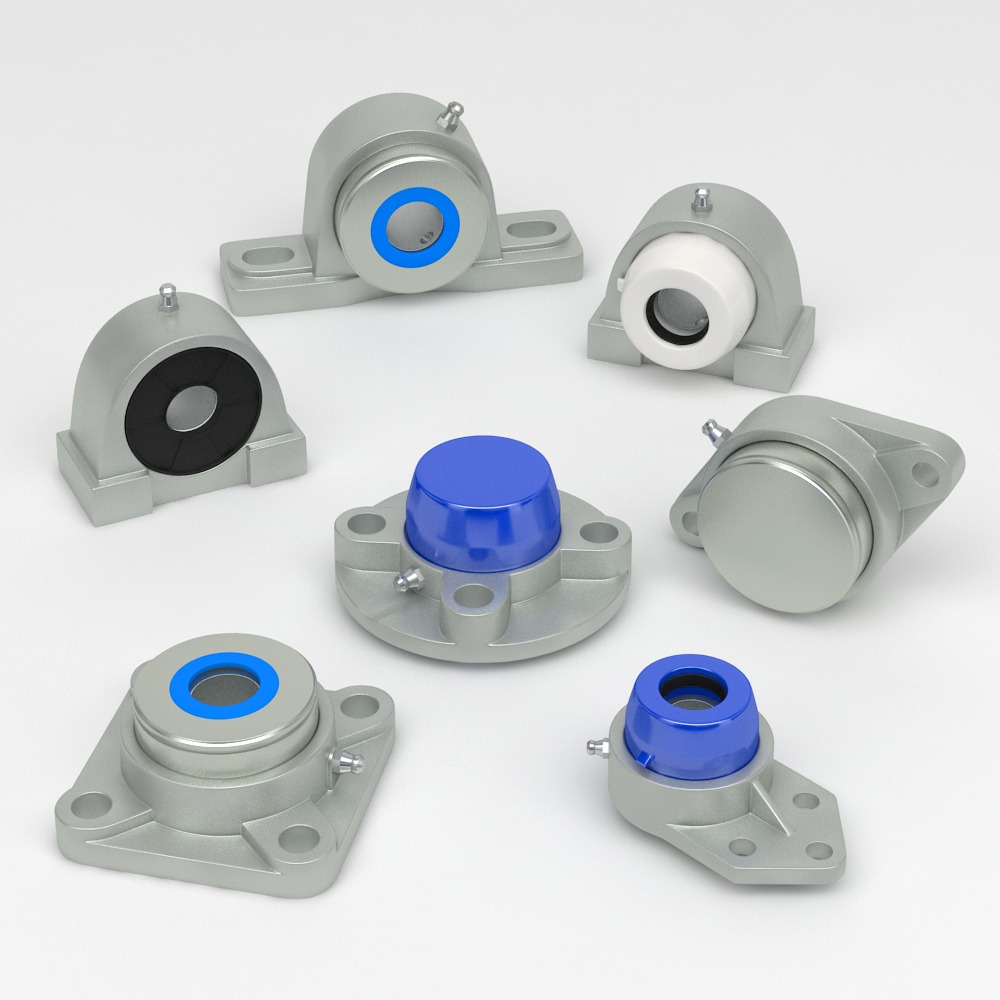
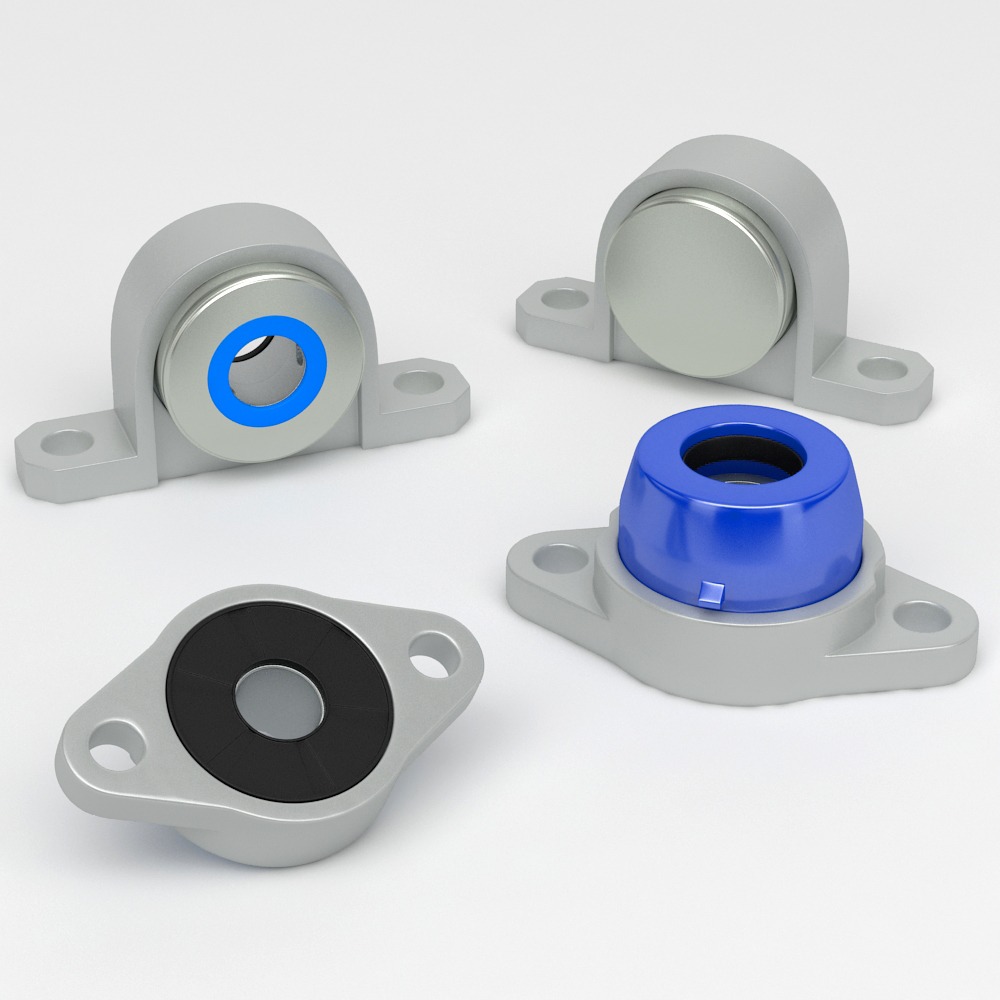
Contact
Understanding Machinery Components & Protection Standards
